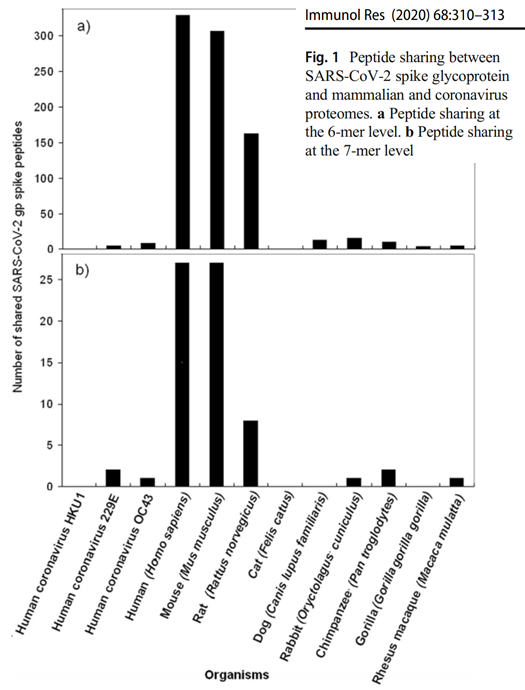
1/ Omicron seems to be a strain that specializes in gaining entry to human cells by endocytosis (ie being engulfed by the cell rather like an amoeba engulfing its prey)
doi.org/10.1080/222217…
doi.org/10.1080/222217…
2/ Om's different from previous variants such as Delta because it doesn’t seem to fuse cell membranes (fusion allows other strains to gain entry to cells and to move into and infect neighboring cells)
doi.org/10.1101/2021.1…
doi.org/10.1101/2021.1…

3/ So presumably Omicron doesn’t use the famous explosive Spike realignment mechanism
en.wikipedia.org/wiki/Coronavir…
en.wikipedia.org/wiki/Coronavir…
4/ I guess that's why it can tolerate so many mutations in spike. IMO its very unlikely that something as complicated & finely-tuned as the realignment mechanism can work with 36 mutations, without yrs of evolutionary refinement, epistatic adaptation etc
en.wikipedia.org/wiki/Coronavir…
en.wikipedia.org/wiki/Coronavir…

5/ These new mutations presumably have the effect of binding ACE2 tightly (note that binding no longer needs to operate the realignment switch) and/or stimulating endocytosis
• • •
Missing some Tweet in this thread? You can try to
force a refresh









